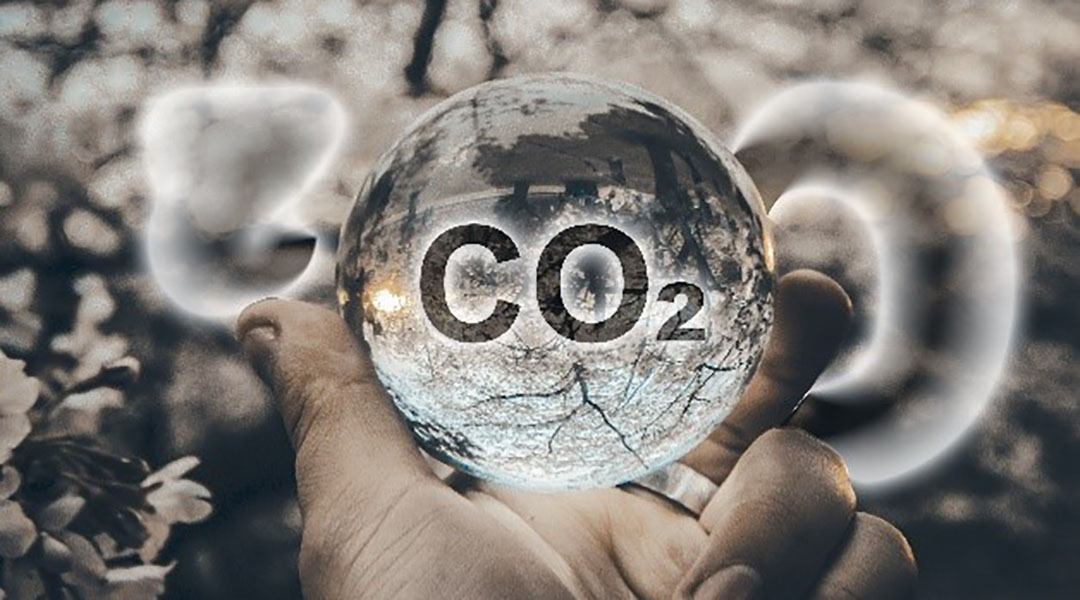Carbon dioxide (CO₂) is produced naturally through several processes that are integral to the Earth's carbon cycle. These processes ensure the continuous recycling of carbon between the atmosphere, biosphere, geosphere, and hydrosphere. Here are the primary natural sources of carbon dioxide:
- Respiration: All aerobic organisms, including animals, plants, fungi, and microorganisms, produce CO₂ as a byproduct of cellular respiration. During respiration, glucose and other organic molecules are broken down with oxygen to release energy, producing carbon dioxide and water as waste products.
- Decomposition: When plants and animals die, decomposers such as bacteria and fungi break down their organic matter. This decomposition process releases carbon dioxide into the atmosphere.
- Ocean-Atmosphere Exchange: The world's oceans are major carbon sinks, absorbing large amounts of CO₂ from the atmosphere. Through the process of diffusion, CO₂ is exchanged between the ocean surface and the atmosphere.
- Volcanic Activity: Volcanoes and geothermal vents release significant amounts of carbon dioxide during eruptions and through fissures in the Earth's crust.
- Wildfires: Natural wildfires, caused by lightning strikes or other natural events, result in the combustion of organic matter such as trees and grasses.
- Soil Respiration: Microorganisms in the soil decompose organic matter, releasing carbon dioxide as part of their metabolic processes. Plant roots also respire, contributing to soil CO₂ emissions.
- Weathering of Rocks: The chemical weathering of carbonate rocks (such as limestone) and silicate minerals releases CO₂. This process involves the reaction of these rocks with acidic solutions, often formed from dissolved CO₂ in rainwater, leading to the release of carbon dioxide over long periods.





Comments